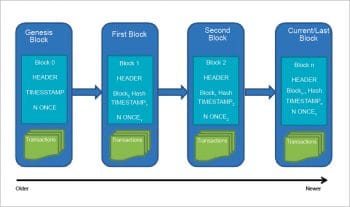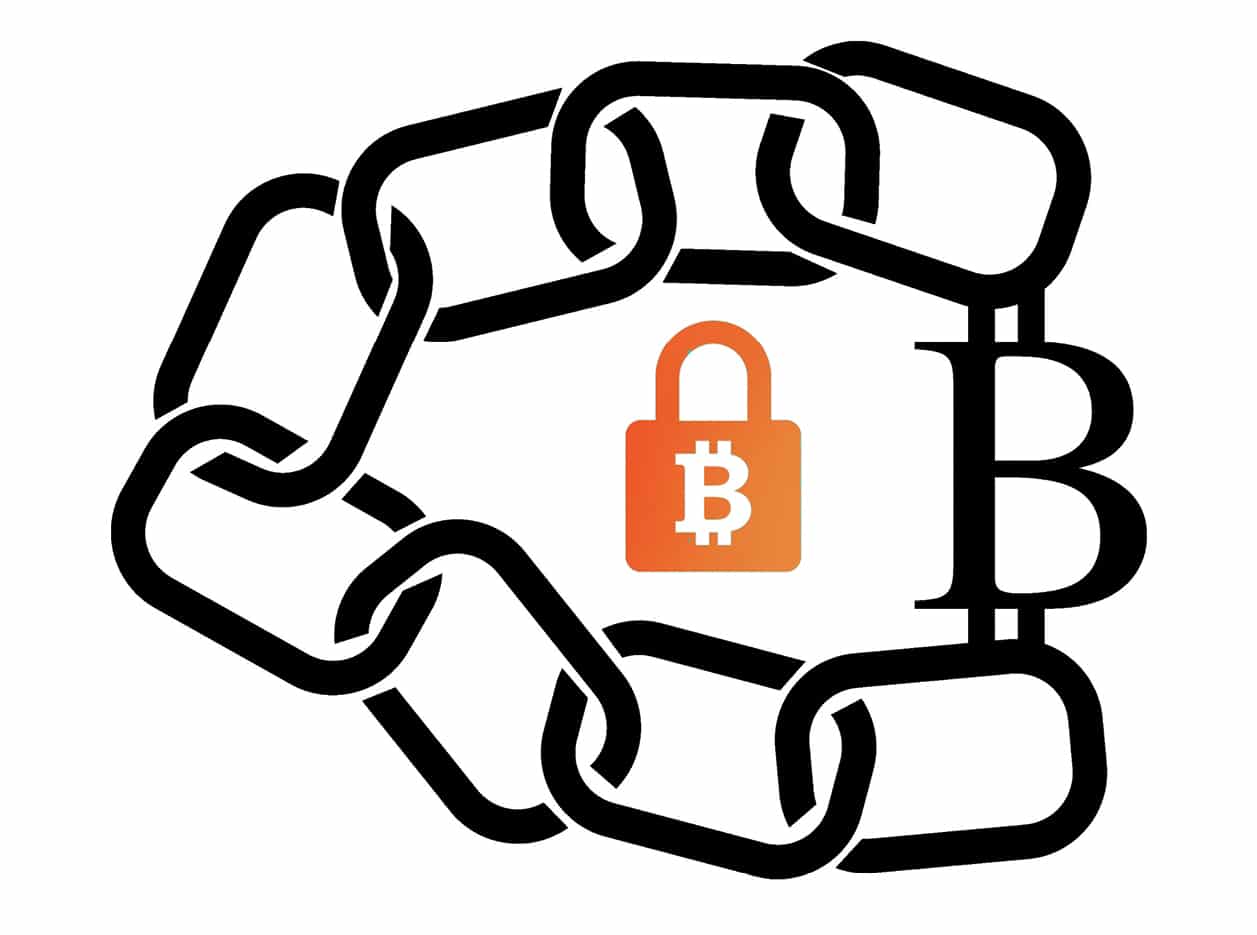Blockchain can be regarded as the world’s leading software platform for digital assets. It is a continually growing list of records, called blocks, which are linked and secured by using cryptography. A blockchain inherently resists the modification of data.
In the early stages of the Internet’s evolution, computers required a specialised language like humans, in order to communicate. For instance, carpenters use certain terms that are well understood amongst them, just as doctors do or even sailors. Each group uses a shared language that is designed to enhance precision and clarity within its profession.
Computers use protocols to interact with one another. These protocols include HTTP, which is used to access the Internet through a Web browser; SMTP, which helps deliver emails to the right recipients; and SNMP, which is used for building a computer network.
These protocols are invisible to us and we only see the applications that take advantage of them. For instance, we use Internet Explorer or the Firefox browser to access websites, while Outlook provides access to our email. SNMP is virtually invisible to most of us unless we’ve worked on a computer network that’s bigger than the basic router setup most of us use at home.
Enter blockchain
After the release of the bitcoin in 2009, blockchain slowly became an Internet protocol that transmitted value from node to node. One can think of blockchain as a way that allows different computers to talk to one another using the language of cryptography. It is a peer-to-peer network; thus the information exchanged does not require centralised servers. Since there is no central server that ‘runs’ a blockchain, it is incredibly difficult to use the current denial-of-service attacks on it, which work on centralised applications.
A blockchain is a digital, decentralised, peer-to-peer, immutable, public, shared ledger/registry. Each transaction has a string of characters called a hash. Each hash includes a date/time stamp, a unique ID, a code linking it to the previous hash and a private key identifying ownership, albeit anonymously. Each transaction is another link in a chain that can be traced backwards to the previous link, all the way back to the origin of the entire chain, which is called the Genesis Block.
Unlike other databases or registries, a blockchain doesn’t reside on a single computer and is not controlled by any person or any group of people. It resides on an open network of computers (also called nodes) where all nodes are equal – no super node manages the other nodes. Anyone can download the software and become a fully qualified node in the network, and all nodes carry a full copy of the blockchain registry. Data can only be entered or transferred with encrypted signatures using private encryption keys that only the owner of each particular data entry possesses. Nodes on a network record each transaction, and these transactions are mirrored on every other node throughout the network.
The transactions can be accessed and downloaded from any node on the network. This makes a blockchain an open and distributed ledger. When a node is out of sync with other nodes on the network, it is rejected until it is reset to match the other nodes. That makes it impossible to alter any records, making a blockchain immutable.

For these reasons, integrity is built into the blockchain. Anonymity is provided by a private key that ties it to a digital wallet, which can only be accessed by the owner. The digital wallet connects to the owner, but not to the blockchain itself. As a result, a blockchain identifies the ‘what, when and who’ about each transaction, but does not provide information on where the transaction occurred. At this point in time, blockchains lack the geospatial capability.
Public vs private blockchain
Public blockchain: The most visible implementation of a public blockchain is the bitcoin network. Here, a potential member has to open a wallet to which the system assigns a private key. The member can now transact with others on the network, paying by bitcoins for goods, services, data, documents, etc. The public blockchain has two drawbacks. The first is the validation process, which can take time as there are many users. The second is the block size which cannot be too big; hence, only the transaction details can be carried and not the object of the transaction—for example, documents.
Private blockchain: On the other hand, private blockchains can be created and run by institutions like government departments, industries and companies, and maybe even NGOs. Private blockchains avoid these problems by restricting the number of users. Membership to a private blockchain is by invitation. Though others may be able to view the transactions, they cannot participate in them. The rules governing the private blockchain can be changed easily by the administrators and backtracking of transactions may be allowed by them. The validators (miners in public blockchains) are trusted by the institution. Transaction costs are lower than in public blockchains, and malfunctioning nodes can be quickly spotted and repaired.
Blockchain and GIS applications
The unprecedented growth of blockchains has taken these beyond cryptocurrencies, and people appreciate the public ledger, peer-to-peer networks and no-trust-required transactions like never before. Integration of such a technology is slowly gaining momentum in GIS. Open data initiatives across the globe have resulted in successful spatial data infrastructures. However, the repositories for the data are developed and maintained by central organisations. This means there is a chance of bias as well as ‘control’ in data management.
In geospatial terms, two domains that attract blockchain implementation are land transactions and data repositories. In the case of land records, there is no established trust between the participants and there is a need for openness. While geospatial technologies have had a huge impact on the digitisation of spatial land records, the transaction data related to these records tends to lose synchronism as it is maintained in different databases. Typically, the 7/12 land records lie with the Revenue Department of the state, while the registration records are with the Department of Stamps and Registration, and spatial data are maintained by the Land Records Department. Blockchain provides the capability to create a decentralised system that stores geodata with no central control, and yet everyone has access to the data and its history.
There are software products available in the market that allow the publishing of spatial data to the public, spatial data exchange within an organisation and the transfer of private spatial data between different organisations using blockchain technology. Two good examples are Atlaschain and FOAM.
Use cases
Here are some other geospatial applications:
- Public data: Street maps, terrain models, aerial footage or sea maps can be made publicly available without a central hub that can restrict access to the data; contributors to the map can be rewarded with tokens, and a public record can be kept of changes and contributions.
- IoT-autonomous devices and apps: These include devices that negotiate with and pay each other, such as drones that negotiate use of air space, self-driving cars that negotiate lane space or pay for road usage, mobile/wearable devices that pay for public transportation, and apps similar to Uber and Airbnb that connect clients and providers without a middleman.
- Elections: In a free republic, the integrity of elections must be protected and made fully transparent. Geotagged blockchain election ballots offer an immutable record of the election. A little geospatial analysis can easily detect locations where multiple votes indicate possible voter fraud. Add the requirement to have a private key associated with each voter, and voter fraud can be eliminated entirely.





































































[…] Blockchain: The future of Geospatial Applications […]